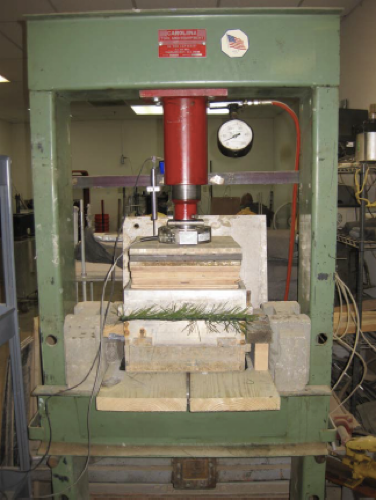Research & Testing
The following summaries describe some of the rigorous testing that Watershed Geo (WG) has performed on the patented engineered turf systems. Each test was selected to determine and substantiate the abilities of WG products to overcome civil and geotechnical engineering challenges. For additional testing information, please contact our technical support team by submitting the contact form below.
TENSILE STRENGTH TESTING OF ENGINEERED TURF
Tested for:
Tear resistance of engineered turf in machine direction and cross direction.
Research Facilities:
SGI (Soil-Geosynthetics Interaction Specialists) and Geosynthetics Institute (GSI)
Testing Standard(s):
ASTM D 4595, Standard Test Method for Tensile Properties of Geotextiles by the Wide-Width Strip Method
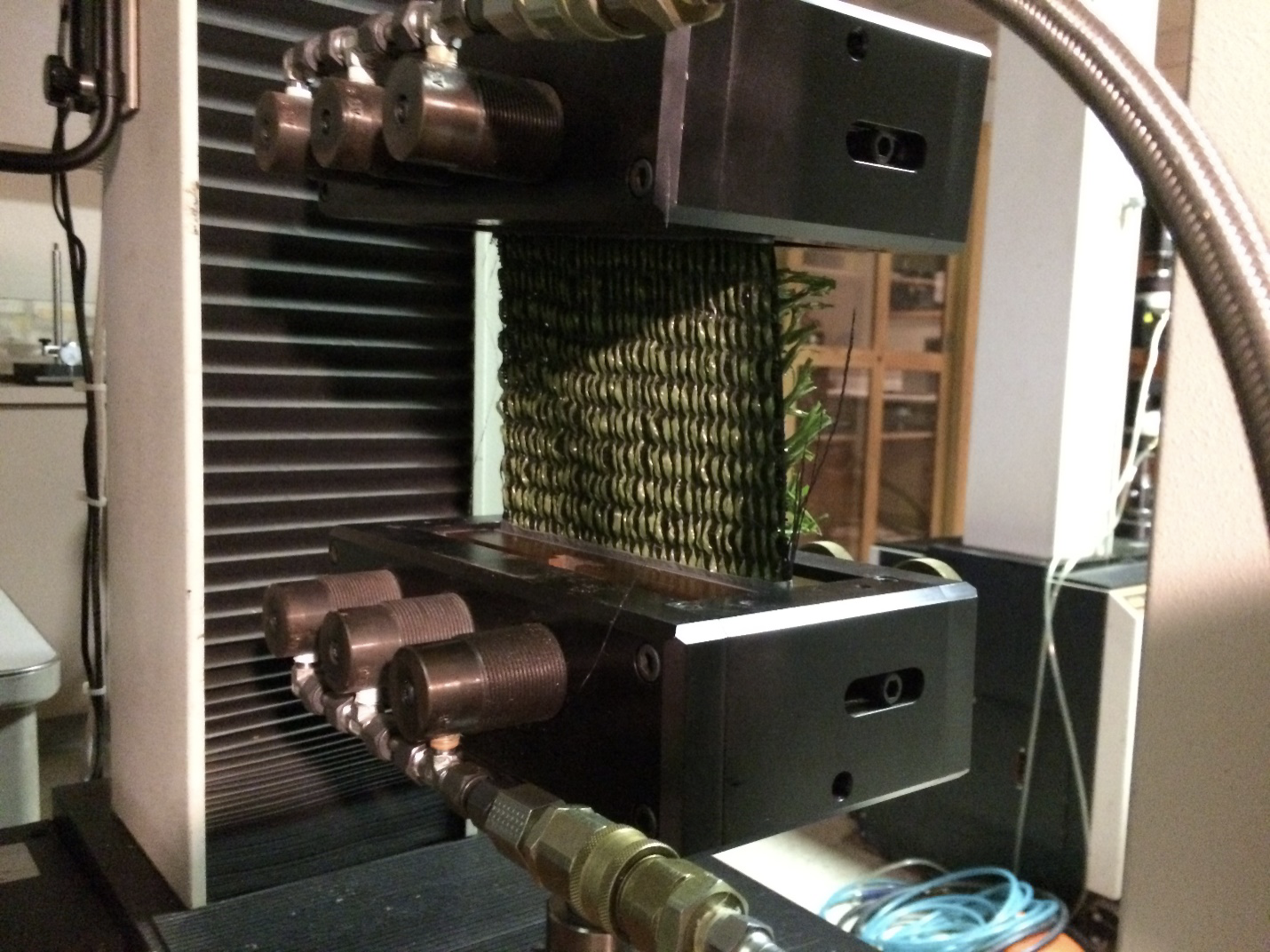
AERODYNAMIC EVALUATION OF WIND UPLIFT
Tested for:
Resistance of the engineered turf systems to severe wind forces.
Research Facilities:
- Georgia Tech Research Institute Aerospace, Transportation and Advanced Systems Laboratory in Atlanta, Georgia
- Flat model to evaluate aerodynamic lift and drag forces
- Florida International University Wall of Wind Experimental Facility at the International Hurricane Research Center in Miami, Florida
- Rooftop model with parapets to evaluate the “worst-case scenario” wind forces on a rooftop installation
- ViGYAN, a private research facility located in Hampton, Virginia since 1979
- Flat model to evaluate severe wind gust conditions
- Iowa State Wind Simulation and Testing (WiST) Laboratory (2018-2021)
- 3D scaled landfill models to evaluate the wind pressures present on slopes and at slope transitions
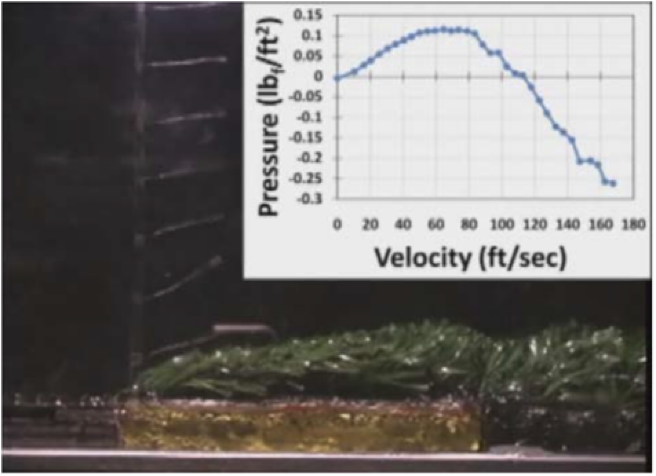
RAINFALL AND CHANNEL EROSION CONTROL TESTING
Tested for:
Protection of underlying subgrade and infill retainment in extreme conditions
Research Facility:
Erosion testing has been performed at several third-party laboratories including TRI Environmental, Colorado State University, and Penn State University. Most notably, TRI Environmental performed multiple large-scale hydraulic tests to evaluate specified aggregate infill mobilization in ClosureTurf during extreme conditions.
Testing Standard(s):
ASTM D 6459 Standard Test Method for Determination of Rolled Erosion Control Product (RECP) Performance in Protecting Hillslopes from Rainfall-Induced Erosion and ASTM D 6460, Standard Test Method for Determination of Rolled Erosion Control Product (RECP) Performance in Protecting Earthen Channels from Stormwater-Induced Erosion.
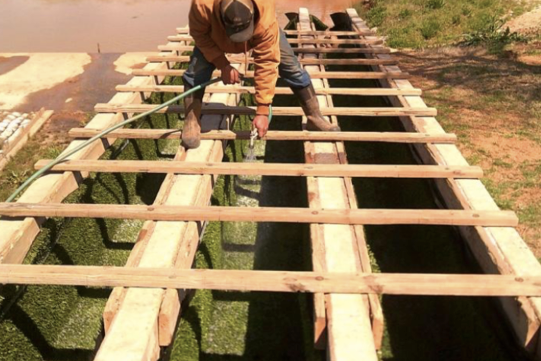
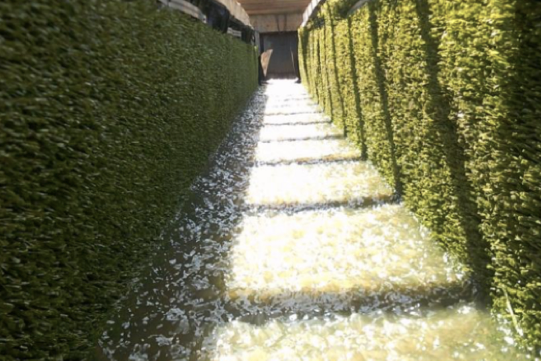
STORMWATER SAMPLING
Tested for:
Quality of stormwater runoff from ClosureTurf
Research Facility:
Published case study: De Abreu, R. and Franklin, J. (2014). “Design and installation of a geosynthetic final cover utilizing artificial turf in Louisiana.” Proceedings of the 7th International Congress on Environmental Geotechnics, Melbourne, Australia, November 10-14, 2014. pp. 1397–1404.
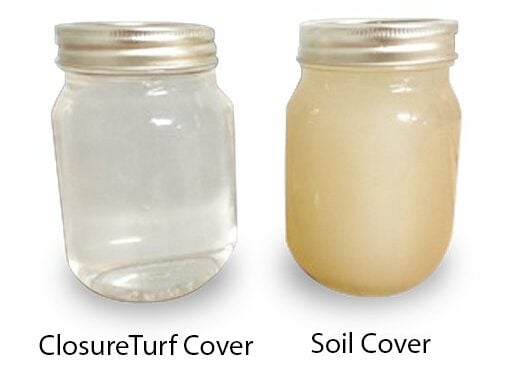
FIRE RESISTANCE TESTING
Tested for:
Fire resistance and fire propagation impedance.
Research Facility:
Richgels Environmental Services
Testing Standard(s):
ASTM E 108, Standard Test Methods for Fire Tests of Roof Coverings
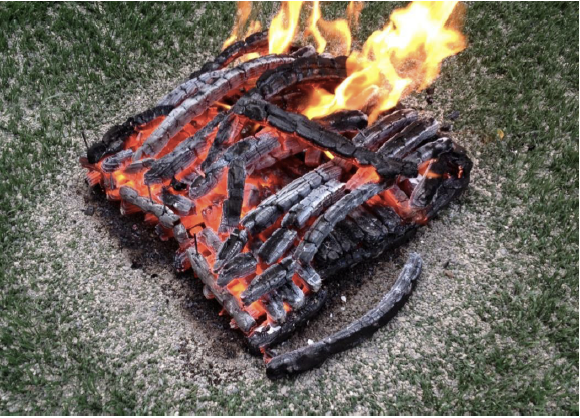
INTERFACE SHEAR STRENGTH
Tested for:
Interface shear strength
Research Facility:
SGI (Soil-Geosynthetics Interaction Specialists)
Testing Standard(s):
ASTM D 5321, Standard Test Method for Determining the Shear Strength of Soil-Geosynthetic and Geosynthetic-Geosynthetic Interfaces by Direct Shear
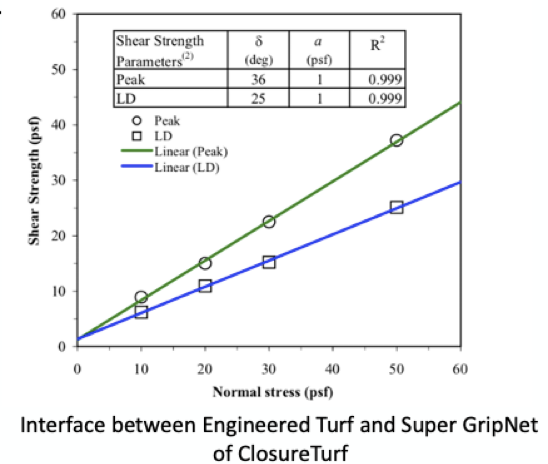
FREEZE/THAW TESTING
Tested for:
Product integrity when subjected to freeze and thaw conditions
Research Facility:
Testing, Engineering and Consulting Services, Inc. (TEC Services) (an AASHTO R18, ANS/ISO/IEC 17-25:2005 and Army Corps of Engineers accredited laboratory). The system was also tested by Dr. George R. Koerner at the Geosynthetic Institute (GSI).
Testing Standard(s):
ASTM C 666, Resistance of Concrete to Rapid Freezing and Thawing
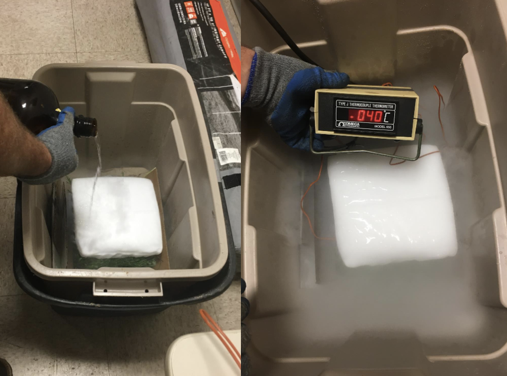

LONGEVITY AND UV EVALUATION
Tested for:
ClosureTurf’s resistance to natural degradation, specifically due to UV exposure
Research Facilities:
Atlas Material Testing Solutions in Arizona, The Geosynthetic Institute, and SGI (Soil-Geosynthetics Interaction Specialists).
Testing Standard(s):
ASTM G90, Standard Practice for Performing Accelerated Outdoor Weathering of Materials Using Concentrated Natural Sunlight, ASTM G 151, Standard Practice for Exposing Nonmetallic Materials in Accelerated Test Devices that Use Laboratory Light Sources, ASTM G 154, Standard Practice for Operating Fluorescent Light Apparatus for UV Exposure of Nonmetallic Materials and ASTM D 7238, Standard Test Method for Effect of Exposure of Unreinforced Polyolefin Geomembrane Using Fluorescent UV Condensation Apparatus,
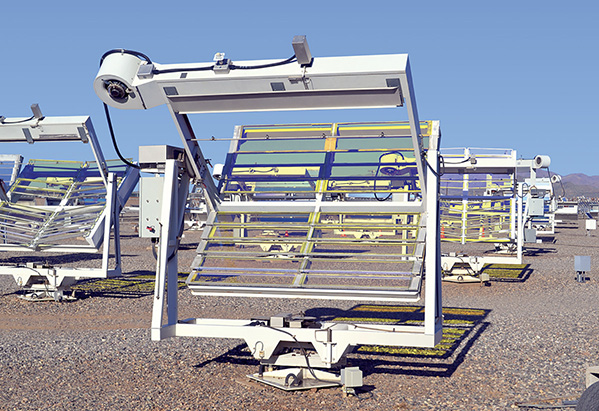
PUNCTURE RESISTANCE TESTING & STATIC LOADING EVALUATION
Tested for:
Puncture resistance when subjected to loading
Research Facilities:
TRI Environmental and SGI (Soil-Geosynthetics Interaction Specialists)
Testing Standard(s):
ASTM D 5514, Standard Test Method for Large-Scale Hydrostatic Puncture Testing of Geosynthetics and ASTM D 6241, Standard Test Method for Static Puncture Strength of Geotextiles and Geotextile-Related Products Using a 50-mm Probe (CBR Puncture)
